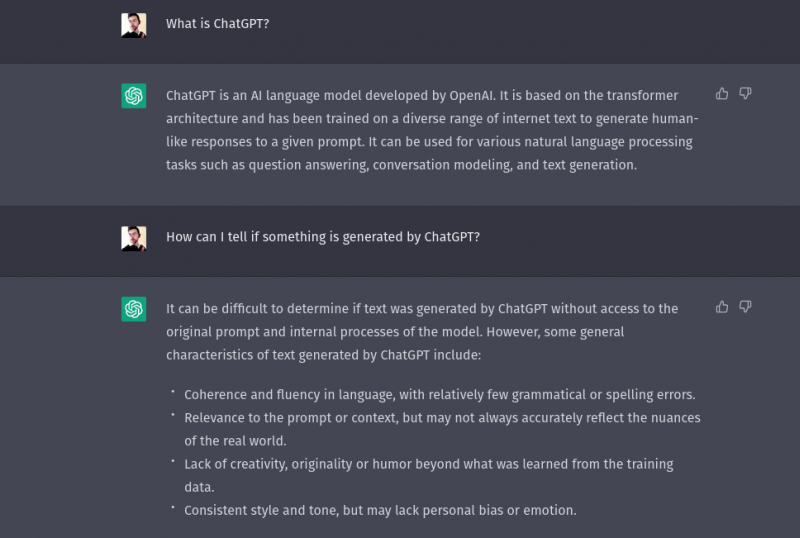A crucial step in using data to drive your decisions on the web is setting up an analytics platform to track the visitors to your site and the actions they take. Google analytics is a free tool that is easily implemented. The platform has myriad of metrics that can be used to guide your efforts. However, there are 2 in particular that are worth deeper consideration.
Bounce Rate
A bounce is categorized a website visit in which the user decides not to visit any pages other than the one they landed on. The consequently bounce (leave) from the site, having consumed a small amount of its content. The bounce rate is the ratio of bounces to total visits. This metric is very useful at telling a number of things
-
The landing page’s appropriateness as a response to the user’s search
-
The ability of the page’s content to engage the user
-
The page’s ability to intrigue the visitor to dive further
It's likely that your visitors will arrive to your site via search engines like Google, Yahoo or Bing. This means that the search search gods have deemed that your page is the answer to someone’s query. If the user arrives and immediately leaves, it sends the message that your visitors are not coming to your site for the right reasons. From your perspective, it means that less-than ideal people are getting to your site, people far less likely to become leads.
Assuming the visitors in question are arriving to the right place, the bounce rate then becomes an indicator to the quality of your content. If you have a host of compelling content behind that landing page, it’s important that your landing page ensures they get there. Furthermore, if your landing pages are aimed at converting visitors into leads, the bounce rate can indicate how useful your calls to action are.
Of course, like in all things, there’s no such thing as a perfect world. While your goal shouldn’t be a 0% bounce rate, a percentage over 80% should alarm you. Most simple landing pages have a bounce rate between 70% and 90%
Avg. Session Duration
This is the average amount of time that your visitors spend on a particular page or group of pages. Session duration from bounces aren’t usually averaged into this metric, so it can be seen as the average time on your site spent by visitors who’ve seen more than 1 page.
Like bounce rate, session duration can be used to gauge your website’s ability to engage your audience. If you know how much time it takes to read a particular blog or other landing page, you can use it as reference to see if your visitors are actually ingesting your content. Tweaking the site copy and comparing session duration in the following months can give you some important insight.
While you may want a reader to spend the entire 10 minutes reading your blog article, it’s important to know that it’s possible to leave a solid impression in 2 or 3. This metric can be important in determining what kind of content it takes to have visitors revisit the site, and eventually convert.
These 2 are only a small fraction of the metrics available for your website analysis.Tools like Hubspot and Google Analytics are well-renowned in this area. Starting with these and having some clear goals in mind can put you on the path to achieving your search ranking goals.


